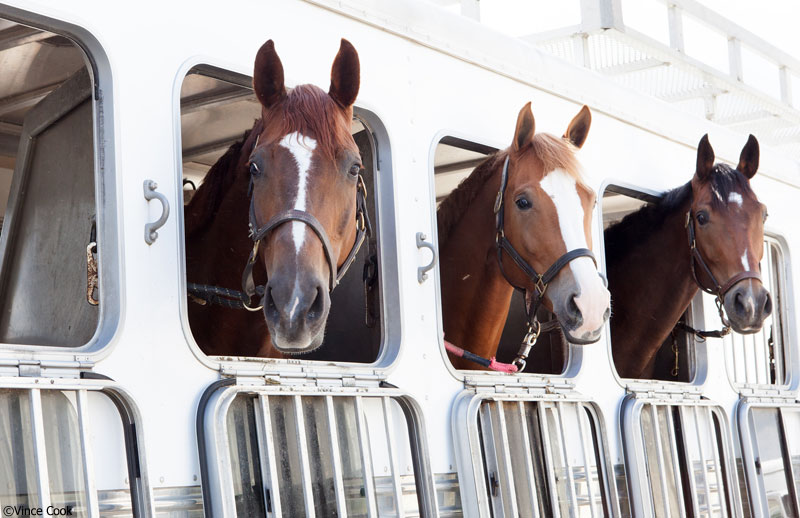
Today the European Commission welcomed the publication of practical guidelines on assessing the fitness for transport of equidae (horses, ponies, donkeys and their hybrids).
The guidelines are an essential resource for anyone involved in the transport process, which was produced through a collaboration of agri-food, transport, veterinary organisations and animal welfare groups supported by the European Commission.
The guidelines have been produced following extensive research and consultation by the stakeholder group1 coordinated by World Horse Welfare and Federation of European Equine Veterinary Associations (FEEVA).
The guidelines are designed to set out clear and simple methods of assessing the fitness of equidae for transport to support a number of objectives including; helping maintain good health among animals and humans, reducing the risk of disease transmission and preventing animal suffering. The guidelines also support transporters in avoiding penalties, financial losses, and withdrawal of the transporter’s authorisation or driver’s certificate of competence.
In addition, the guidelines offer a health and transport checklist and a quick reference guide to assess vital signs and health concerns. Whilst the guidelines will help protect animal welfare, they also aim to help protect the health and safety of anyone involved in the transport process, supporting transport professionals in the enforcement and understanding of EU Regulation 1/2005 which states that ‘No animal shall be transported unless it is fit for the intended journey’.
The guidelines were welcomed by Andrea Gavinelli, Head of Unit for Official Controls and Eradication of Diseases in Animals: “These guidelines will be an essential resource for anyone involved in the transportation of horses, donkeys, mules or their hybrids and I am pleased that the Commission has been able to support their production and dissemination.”
The guidelines also received recognition from Dr Bernard Vallat Director General of the World Organisation for Animal Health (OIE) for 15 years before recently leaving the position. He said: “It is my pleasure to commend this visual guide to health conditions that may impact on the fitness of animals to travel. This clear and simple guide will help all those involved in animal transport to quickly and easily assess the situation and understand what course of action to take.”
